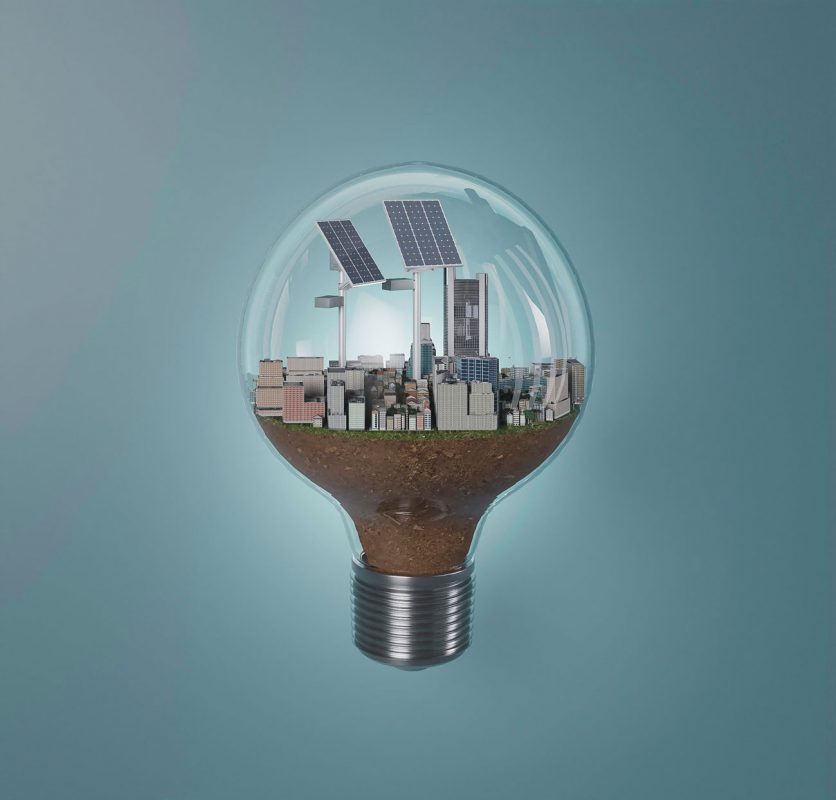Cheaper solar panels may be on their way after a breakthrough in science.
Using enhanced halide perovskite – a man-made material with repeating crystals shaped like cubes – in place of silicon could produce less expensive devices that stand up better to light and heat, according to researchers led by the University of California, Los Angeles (UCLA).
Solar energy still accounts for a little less than 3% of the electricity generated in the United States largely due to the high cost of producing solar cells.
One way to reduce production costs would be to develop solar cells that use cheaper materials than today’s silicon-based models, according to the researchers. To achieve this, some engineers have focused on halide perovskite, a type of man-made material with repeated cubic crystals.
In theory, perovskite-based solar cells could be made with raw materials that cost less and are more readily available than silicon; they also could be produced using less energy and a simpler manufacturing process.
‘Renewable energy is of paramount importance,’ said UCLA’s Professor Yang Yang. “Perovskite is going to change that because it can be mass produced in a way that silicon can’t, and we identified an additive that will make the material better.”
A stumbling block was that perovskite decomposed with exposure to light and heat – particularly problematic for devices used to generate energy from the sun.
But the UCLA team has developed a way to use perovskite solar cells while protecting it from worsening conditions. In a study recently published in Nature Materials, scientists added small amounts of ions—electrically charged atoms—from a metal called neodymium directly to perovskite.
They found not only that enhanced perovskite is much more durable when exposed to light and heat, but also that it converts light into electricity more efficiently.
“The ions tend to move across the perovskite as cars on the highway, and that causes the material to decompose,” Zhao said. “With neodymium, we’ve identified a road block to slow down traffic and protect equipment.”
Reference: https://www.independent.co.uk/climate-change/news/solar-panel-renewable-energy-ucla-b2251930


